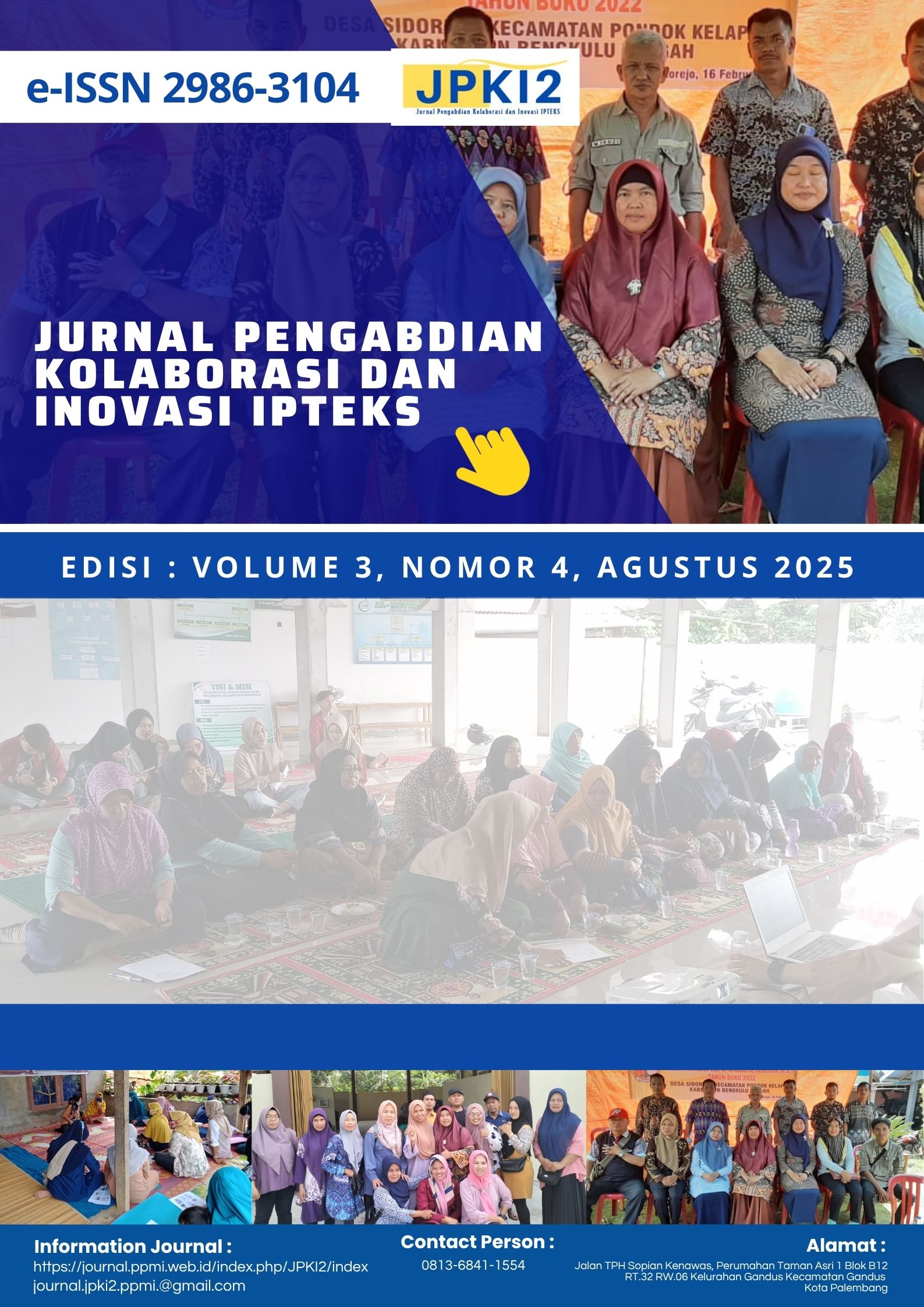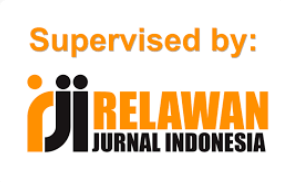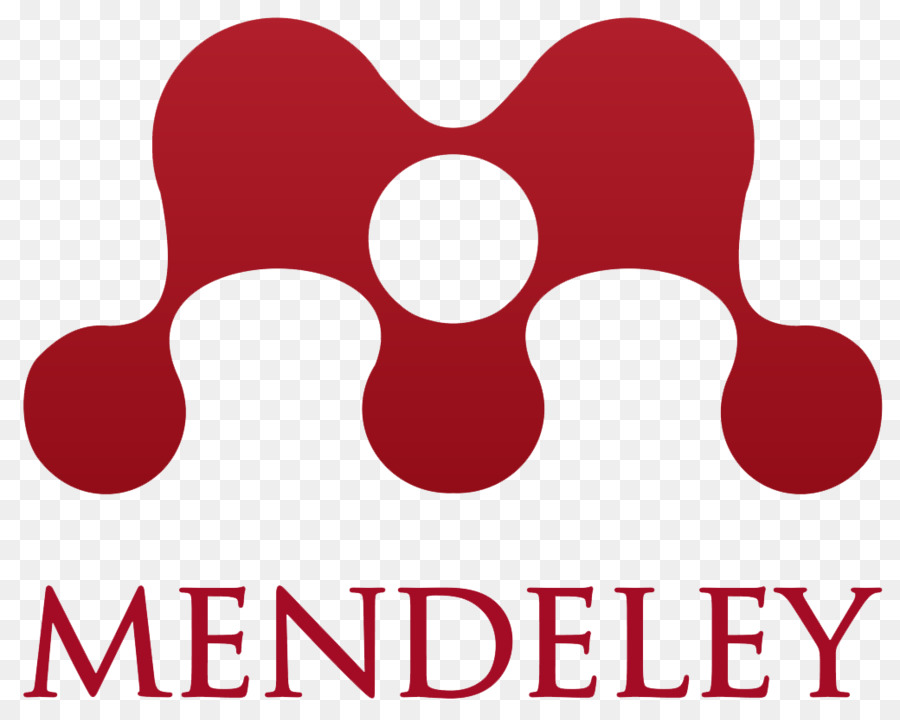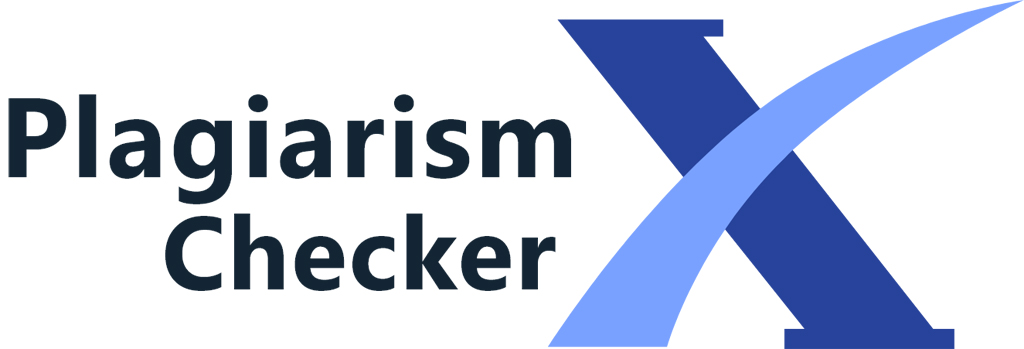EDUCATION AND SUPPORT FOR MOTHERS IN PROVIDING EXCLUSIVE BREASTFEEDING AT PMB NURLELA, LUBUK PAKAM DISTRICT, DELI SERDANG REGENCY
DOI:
https://doi.org/10.59407/jpki2.v3i4.2963Keywords:
Exclusive Breastfeeding, Health Education, Maternal Support, PMBAbstract
Background: Exclusive breastfeeding coverage in Deli Serdang Regency remains low, partly due to a lack of knowledge, limited time for working mothers, and the minimal role of health workers in providing education. Objective: To implement educational and mentoring activities for mothers with infants aged 0–12 months to increase their understanding and motivation for exclusive breastfeeding. Methods: The community service activity was conducted at the Nurlela Pre-Breastfeeding Center (PMB) in Lubuk Pakam District in May 2024. The target group was 30 mothers who were not exclusively breastfeeding. Implementation methods included counseling, interactive discussions, demonstrations of correct breastfeeding techniques, and individual counseling. Results: The activity received a positive response; there was a 53.3% increase in maternal knowledge (measured by pre- and post-tests). Some mothers who had previously been formula-feeding committed to exclusively breastfeeding their next baby. Conclusion: Education and mentoring at PMB effectively increased maternal knowledge and motivation for exclusive breastfeeding. It is recommended that these activities be conducted regularly and supported by local health workers.
References
Kemenkes RI. (2019). Keputusan Menteri Kesehatan Republik Indonesia tentang ASI Eksklusif. Jakarta: Kementerian Kesehatan RI.
Rulina Suradi, dkk. (2010). Indonesia Menyusui. Jakarta: IDAI.
Rina Wirdayanti. (2015). Bapak ASI dan Ibu Bekerja Menyusui. Yogyakarta: Familia.
WHO. (2018). Infant and Young Child Feeding. Geneva: World Health Organization.
Ambarwati. (2008). Ibu Menyusui. Jakarta: EGC.
Kemenkes RI. (2021). Profil Kesehatan Indonesia Tahun 2021. Jakarta: Kementerian Kesehatan RI.
UNICEF. (2019). Breastfeeding: A Mother's Gift, for Every Child. New York: UNICEF.
Lawrence, R.A., & Lawrence, R.M. (2021). Breastfeeding: A Guide for the Medical Profession. 9th ed. Elsevier.
Victora, C.G., et al. (2016). Breastfeeding in the 21st Century: Epidemiology, Mechanisms, and Lifelong Effect. The Lancet, 387(10017), 475–490.
Ministry of Health Malaysia. (2016). Breastfeeding Policy and Guidelines. Putrajaya: MOH.
Ikatan Dokter Anak Indonesia (IDAI). (2020). Rekomendasi Pemberian ASI Eksklusif. Jakarta: IDAI.
Black, R.E., et al. (2013). Maternal and Child Undernutrition and Overweight in Low-Income and Middle-Income Countries. The Lancet, 382(9890), 427–451.
Chapman, D.J., & Perez-Escamilla, R. (2012). Breastfeeding among Minority Women: Moving from Risk Factors to Interventions. Advances in Nutrition, 3(1), 95–104.
Kementerian Pemberdayaan Perempuan dan Perlindungan Anak RI. (2010). Sepuluh Langkah Keberhasilan Menyusui. Jakarta: KemenPPPA.
Rollins, N.C., et al. (2016). Why Invest, and What It Will Take to Improve Breastfeeding Practices? The Lancet, 387(10017), 491–504.

























